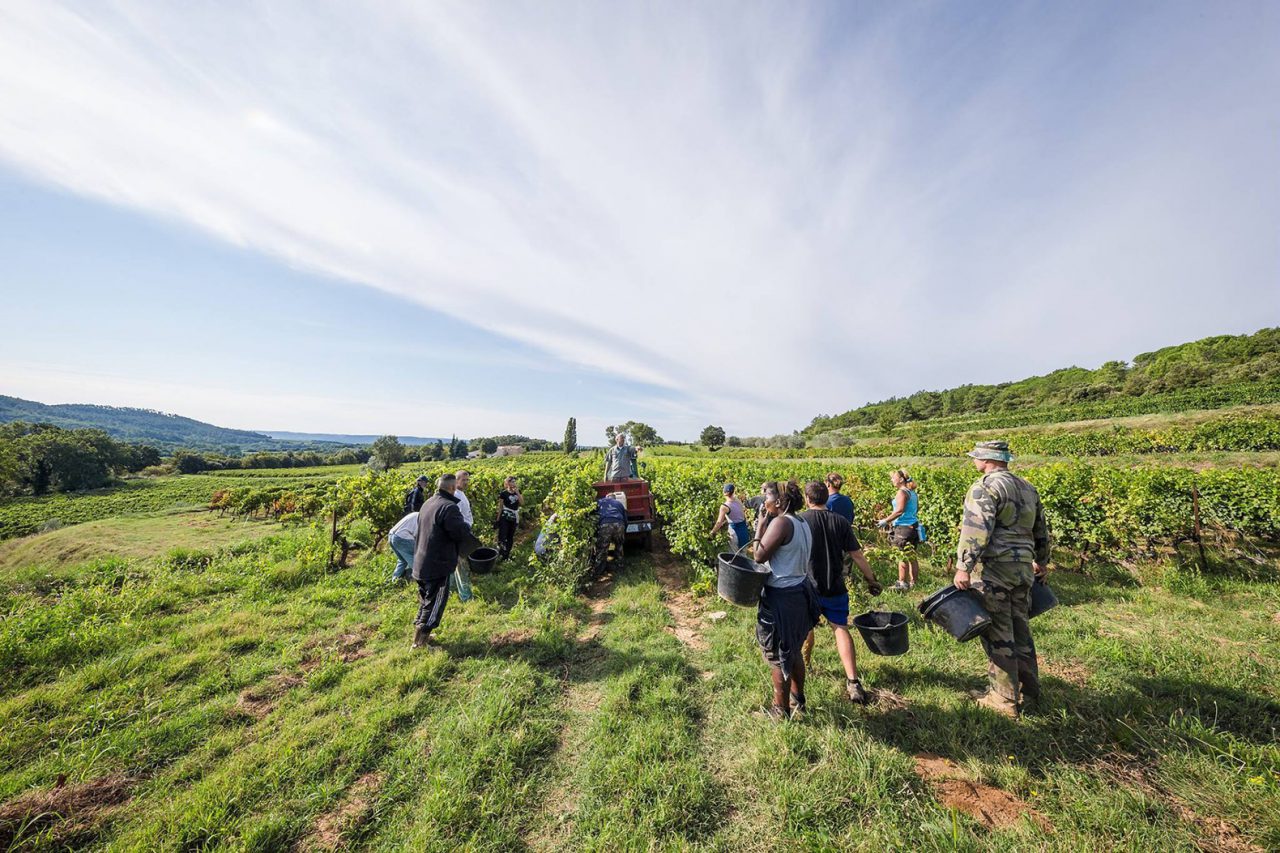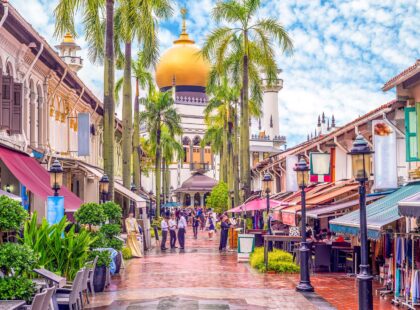It’s been said that great wine is grown in the vineyard. The French call it terroir – this sense of place in every wine that’s the magical combination of a growing site’s various physical aspects – nature’s gifts – such as soil type, latitude, height above sea level, curvature of the terrain, direction of exposure to sun, as well as the climate. While French winemaking has been around for more than 2,500 years, the concept of terroir came about much more recently in the late-19th century, starting off in Champagne and Burgundy. The idea of great wine tied to a specific place became romantic and terroir-driven wine started to be regarded as being of higher quality.
Certain grape varieties express terroir better, which is why the same grape – pinot noir, for example – planted in different villages of Burgundy can yield such different wines. Whether varietal or blends, the concept of terroir is the foundation stone for region-specific classification systems around the world such as France’s Appellation d’Origine Contrôlée, Italy’s Denominazione di Origine Controllata, Spain’s Denominaciòn de Origen Protegida and the US’ American Viticultural Areas.
This goût de terroir (French for ‘taste of the land’) is what many wine drinkers like to talk about. Sip a glass of spicy Rhône (below) grown in limestone-rich soils and imagine walking over the uneven, stony ground while the mistral is blowing. Savour a glass of luscious Bordeaux wine and let your mind be transported to the steep cobblestone streets and lovely countryside of Saint-Émilion.

In the journey from grape to glass, through budbreak and fermentation, the road could be strewn with heartbreak. In particularly challenging vintages, you’ll find the winegrower sleeping in the vineyard during cold snaps with heaters for the vines ready to be adjusted, while the winemaker might stay up the night to watch over difficult fermentations just in case they become stuck.
SEE ALSO: 6 new destinations for wine lovers
Many winemakers can talk about a particular vintage, even a decade ago, like it was yesterday – just like parents talk about their children’s various heartache episodes growing up. The bottling of the wine is no longer the end of the winemaker’s job as many find themselves travelling the world to talk to connoisseurs, enthusiasts and those just discovering the world of wine.
With wine becoming so much a part of the dining experience, Singapore Airlines spared no effort when it introduced the Wine Panel programme in 1989, putting top names in the wine field at the forefront of selecting a range of great labels that would be served in all cabin classes. The Airlines’ wine list, as a result, has been consistently ranked among the best in the world. To elevate the experience further, to the level of any fine restaurant on the ground, the Air Sommeliers were added to the programme less than a decade later, in 1998. Whether you want to have a contemplative glass with a book, or to pair with your chosen meal, the Air Sommelier would be able to make that perfect recommendation.
SEE ALSO: Exploring Tuscany’s wine region with Master of Wine Jeannie Cho Lee
Every time you raise a glass to your lips on board a Singapore Airlines flight, let your imagination take you to the beautiful wine region where the wine comes from, give a silent toast to the men and women who worked to bring it to you, and a smile to the Air Sommelier who recommended it.
Find out more about Singapore Airlines’ wine programme from the Airline’s Wine Panel in the video above.
– TEXT BY ANNE LOH
PHOTO: RHONE VALLEY VINEYARDS FACEBOOK, SUPPLIED
This article was originally published by Singapore Press Holdings.






